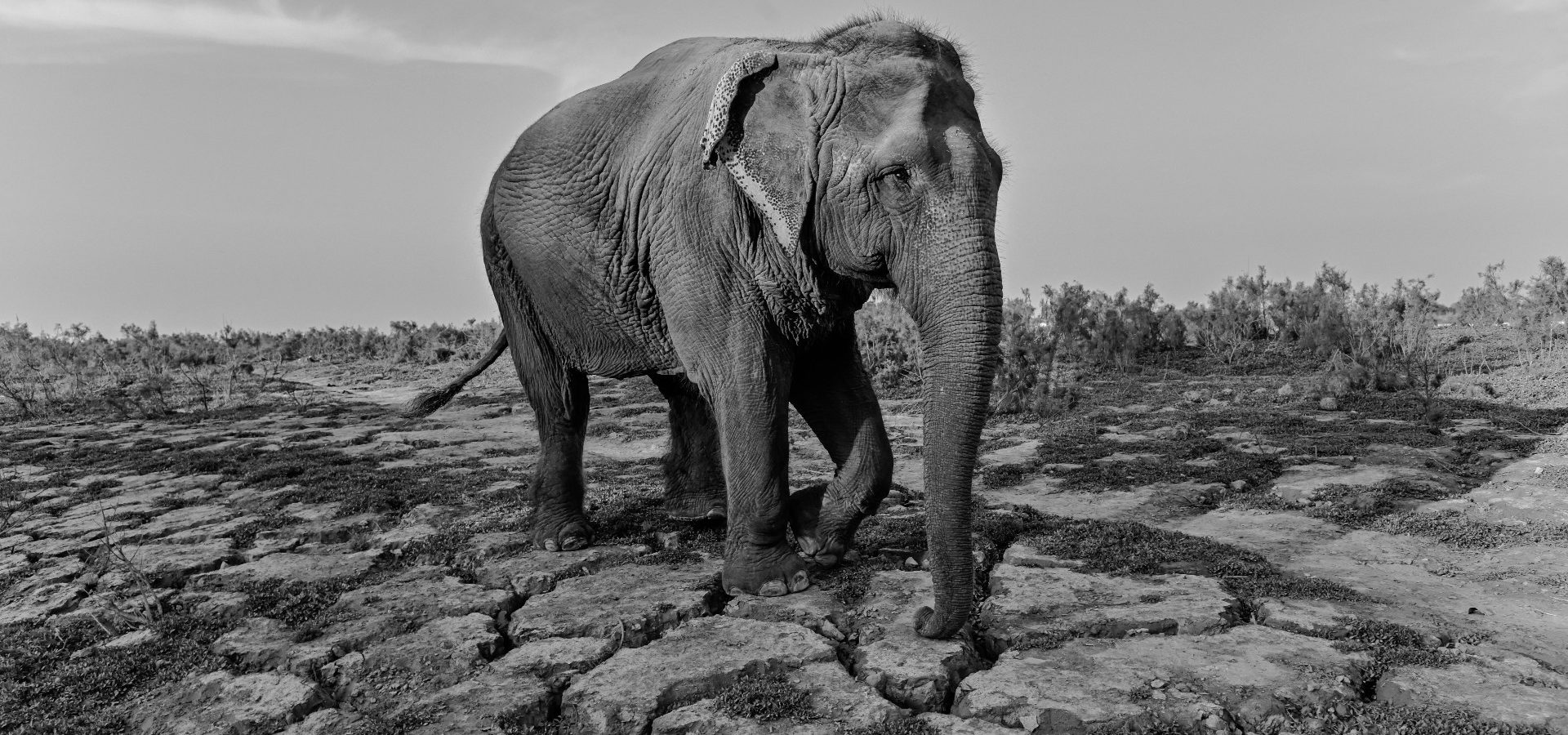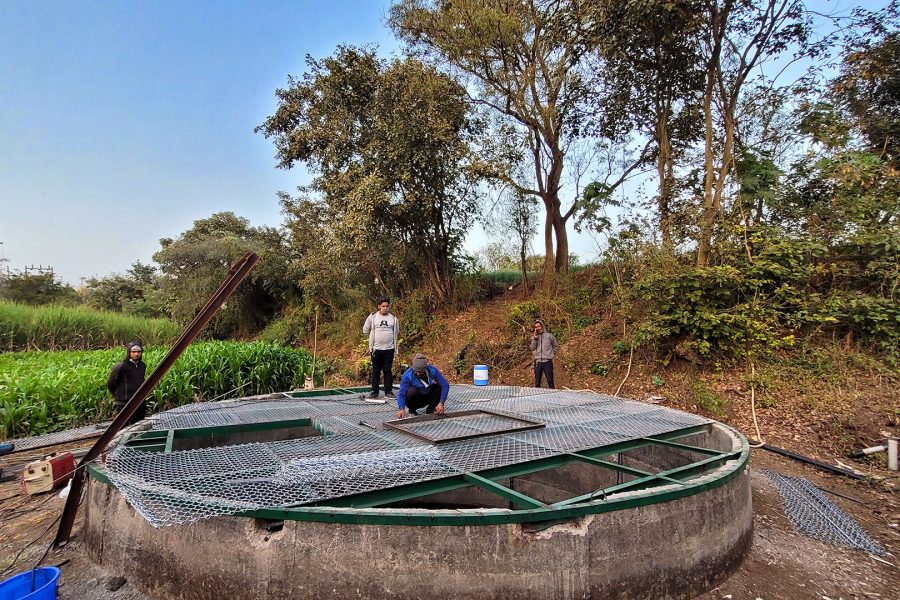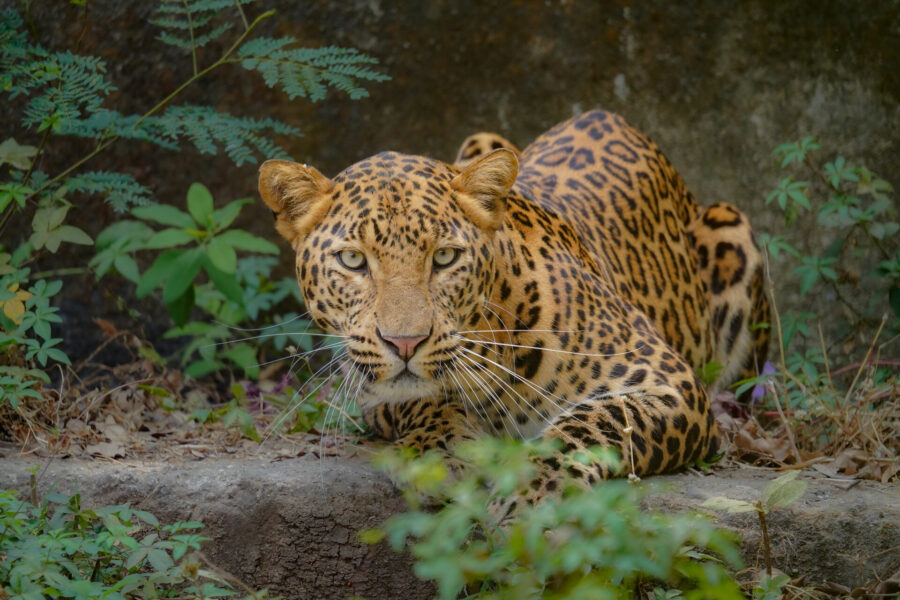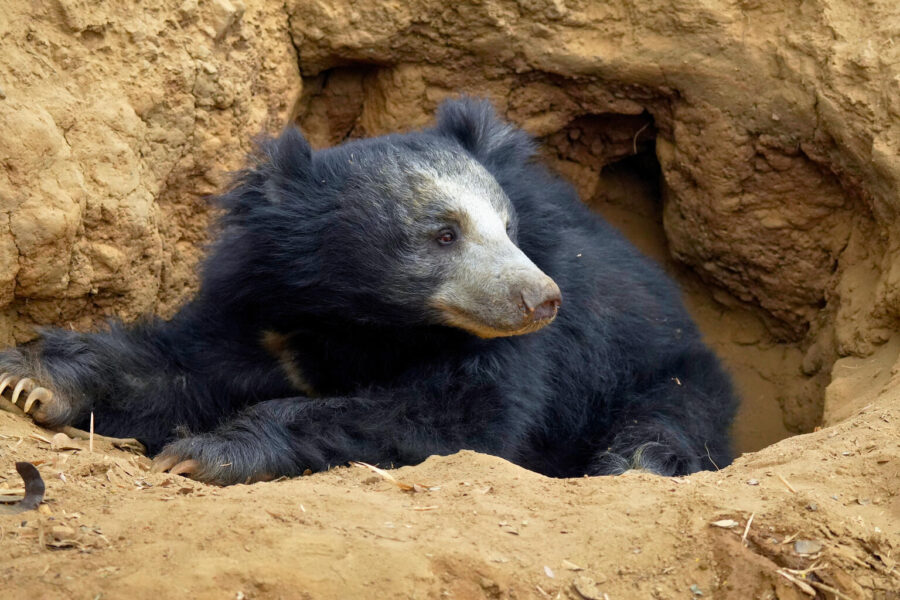Land is one of the most important and basic resources required to sustain life on Earth. While it steers the wheel for human civilization, land that is fertile provides habitat for various flora and fauna. Recent trends in global temperature rise, population booms, and urbanisation make our planet more vulnerable to the often overlooked concept of desertification. The United Nations defines desertification as “The process of land degradation in arid, semi-arid and dry sub-humid areas as a result of various climatic and human factors.” Desertification reduces the ability of drylands to support life. However, fertile land is rapidly degrading to become arid lands, painting a grim picture for forest habitats of wildlife.
Since 1973, the UN Environment Programme has made considerable efforts to raise awareness about the most pressing issues concerning the environment. The year 2024 marks the 30th anniversary of the United Nations Convention to Combat Desertification (UNCCD), and keeping in tandem with the urgent need to protect fertile land cover, the theme for the World Environment Day this year is ‘Land Restoration, Desertification and Drought Resilience’. It is a call to revive our relationship with land, echoing the campaign’s slogan “Our Land. Our Future. We are #GenerationRestoration”.
The Issue of Land Degradation
Imagine a world with no vegetation, forest cover or biodiversity. It sounds like a dystopian imagination but with the alarming rate of land degradation, it might as well turn into a viable reality. Deputy Executive Director of the UNEP, Elizabeth Maruma Mrema, in her opening speech for the launch of the World Environment Day 2024 campaign, highlighted the urgent environmental crises we face, stating that “One-fifth of Earth’s land is now degraded. Our lakes are shrivelling up. Our forests are disappearing. Our farms are turning into dust bowls.”

Desertification is not the expansion of existing deserts, but an accumulation of processes that threaten to transform vegetative land into a desert, making it inhabitable. The World Atlas of Desertification report revealed that more than 90% of global land is at risk of being degraded by 2050, and Asia is already standing at the cusp of it. With that, let’s turn our focus on India. Housing over 7.5% of the species of animals that the world holds, the stated effects of desertification directly press on wildlife.
Two avian species — the pink-headed duck and the great Indian bustard — have been cited among the worst-affected victims of rapid desertification in the country. While they fall under the ‘Critically Endangered’ category in the IUCN Red List of Threatened Species, the former was last sighted in India back in the 1930s. Among the mammals, the Asiatic cheetah, now found only in Iran, once roamed the vast expanse of Indian territory. Pressures of hunting and habitat loss due to desertification became major causes for the local extinction of the species in 1952.
Levels of land degradation in India soared to 9.45% in 2019 according to the UNCCD data. Moreover, 30% of India’s land cover faced severe degrees of drought in 2023. These factors contribute to significant loss of biodiversity and with climate change, they have only multiplied.
Importance of SDG 15
While we ponder upon land degradation and its impact on wildlife, it is imperative to recall WHO’s Sustainable Development Goals (SDGs). The World Health Organisation (WHO) formulated 17 goals, of which Goal 15 focuses on conserving life on land. It strives to restore lands affected by desertification, reverse land degradation, and prevent biodiversity loss in an attempt to secure land degradation neutrality.
The decade leading up to 2030 — the target year to meet the SDGs — marks the United Nations Decade on Ecosystem Restoration, positioning desertification as one of the core target areas to combat. Of the 28 Indian states, 25 are yet to perform effectively in order to meet SDG 15.
Impact on Wildlife
Fluctuations in weather patterns can cause either drought or precipitation, both of which have detrimental effects on land and consequently, the flora and fauna that inhabits it. Here is how desertification affects wildlife:
1. Water depletion
The regions affected by desertification lose their ability to offer ecosystem services, such as management of water systems. Increasing global temperatures and changes in land use patterns result in the depletion of aquifers. Desertification leads to the drying up of springs, impacting forests and wildlife that depend on natural watering holes for survival.

[Photo (c) Wildlife SOS/ Suryoday Singh Mann]
Prolonged droughts cause desertification that can threaten animals that rely on drylands — lands where water is already scarcely available. Migratory species that travel long routes to access drylands are key contributors towards the sustenance of its soil. Rising desertification however is altering several species’ migration patterns, which has far-reaching ecological consequences.

2. Loss of habitat
Forests are the most ecologically diverse ecosystems, but desertification can render its land unsuitable for any growth or support of plant life. Loss of vegetation, food resources and shelter force wildlife out of their natural habitats, increasing the possibility of human-animal encounters in peripheral regions. Anthropogenic activities have led to the invasion and destruction of natural habitats, playing a preliminary role in desertification. As land becomes barren, it poses a problem for the survival of wild organisms, pointing towards increased carbon emissions and diminished biodiversity.

Steps Towards a Solution: Wildlife SOS’s Initiatives
While land degradation is a global problem, it requires local solutions. Undertaking land restoration and building capacity for drought resistance is necessary to halter desertification and its impact on dependent species. The data presented by the Union government to UNCCD during the 14th Conference of Parties (CoP) 2019 in New Delhi unequivocally revealed that India lost 31% of its grassland area over a decade. The report identified Rajasthan, Maharashtra, Karnataka, Gujarat, and Uttar Pradesh as states where grasslands have been largely destroyed. As published in State of India’s Environment (SoE) 2019 In Figures (2019), more than 80% per cent of the country’s degraded land lies in just nine states, Karnataka being one of them.
Wildlife SOS has been engaged in habitat restoration and conservation activities in Karnataka, rewilding barren lands like Ramdurga in Koppal, Karnataka. Impacted by uncontrolled anthropogenic activities, forest fires and deforestation, approximately a 50-acre area in Ramdurga Valley has been reinstated into a thriving ecosystem through the Ramdurga Habitat Restoration Project initiated in 2006. Furthermore, establishing an effective irrigation system alongside so as to support agricultural activities for the local community has also created freshwater habitats such as wetlands, leading to a comeback of many wildlife species.

At Wildlife SOS’s Elephant Conservation and Care Centre (ECCC) in Mathura, Uttar Pradesh, it is the gentle giants that have played a positive role in revitalising the land that they inhabit. Their active engagement with the surrounding environment has significantly contributed to the flourishing of fauna and the propagation of indigenous plant species within, and around, the centre. Increased sighting of diverse plant and animal species has been a joy to witness. The centre now boasts of providing shelter to over 70 bird species, seven species of snakes and other reptiles, and at least six different species of butterflies in the area.

Desertification is a problem faced across the globe, and it is fundamental to revisit our relationship with nature. As implied by World Environment Day’s 2024 slogan, the current generation is the first to fully comprehend the herculean threat of land degradation and is possibly the last with a chance to reverse it. Turning back time is not an option, but conscious efforts to revive water resources, grow forests, and restore soil fertility are possibilities that can save wildlife habitats.
For updates on conservation and habitat restoration efforts, subscribe to the Wildlife SOS newsletter.





